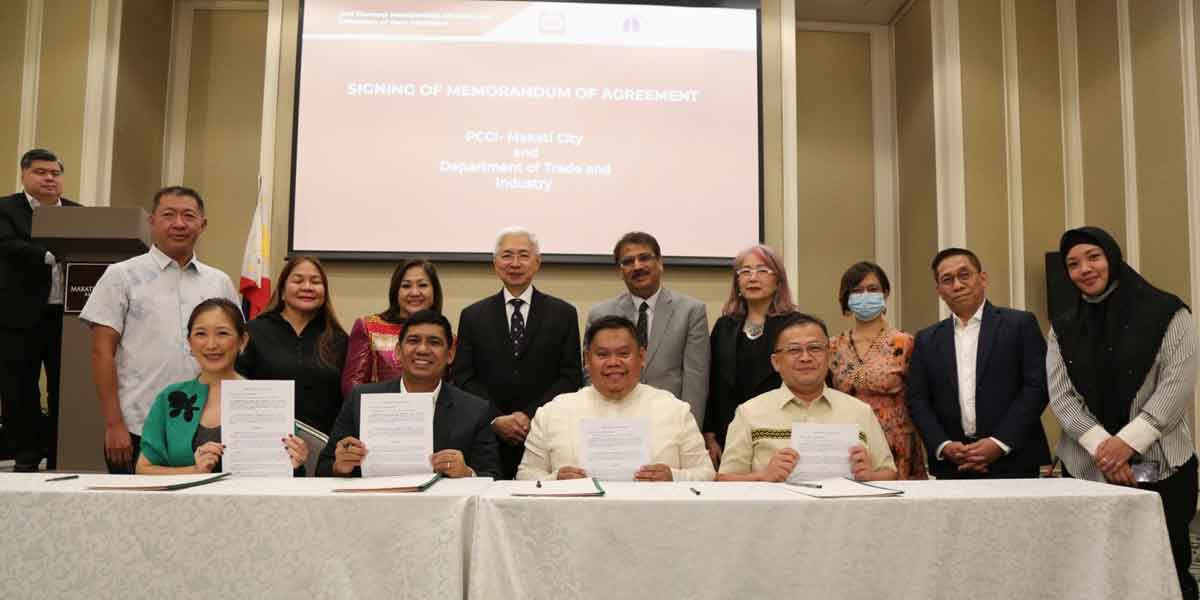By Joseph B.A. Marzan
Majority of residents in Western Visayas stayed at home or travelled to other residences than to other places amid the coronavirus disease 2019 (COVID-19) lockdowns, according to data released by Google Mobility.
As of June 30, 2020, the rate of travel to places of residence is at 16 percent, down from 21 percent on June 23.
Google started gathering the data on February 15, where the trend for travel to places of residence started at –1 percent, meaning almost everyone who was tracked by Google Mobility was out of their homes.
After this, the rate rose to single-digit positive levels, with the latest recording of 7 percent on March 15.
The rate jumped further to 13 percent after President Rodrigo Duterte’s Enhanced Community Quarantine (ECQ) order in Luzon took effect on March 16, and quickly rose thereafter.
The rate in Western Visayas rose to more than 20 percent and stabilized in that line from March 20, when the ECQ was implemented in the city and province of Iloilo.
The highest rate of residential travel was at 41 percent on April 10, when the national government started its process of repatriating Overseas Filipino Workers (OFW).
Since then, trends in the region have been fluctuating between 13 and 35 percent. The latest national average is 20 percent.
Google calculates its data every Tuesday and releases its data two days after, or every Thursday.
The rate of increase is computed against the tech giant’s baseline, which is the median value for the corresponding day of the week during a five-week period from January 3 to February 6, 2020.
The reports are calculated using aggregated anonymous data from users who turned on their phones’ Location History feature.
Differential privacy, which adds artificial noise to datasets, was used to enable Google to generate insights without invading its users’ privacy.
TRAVEL TO OTHER PLACES
Stay-at-home orders placed through community quarantine measures by local officials in the region have also contributed to the downtrend of mobility in other categories.
For retail and recreation, which started at baseline zero, the rate is currently at -45 percent.
This indicates mobility for visits to restaurants, cafes, shopping centers, theme parks, museums, libraries, and movie theaters.
For places like grocery markets, food warehouses, farmers markets, specialty food shops, drug stores, and pharmacies, the rate stayed in negative rates from the initial -2 percent to the latest -29 percent.
Travel to national parks, public beaches, marinas, dog parks, plazas, and public gardens also dwindled from its starting rate of -5 percent to -36 percent on June 30.
The lowest out of all data sets belong to the transit stations category, which started at -1 percent and is now at -53 percent as of June 30.
This can be attributed to the continued regulation of public transportation by both national and local government authorities.
Workplaces are the only category to start at a positive rate in the region, from 1 percent, however, this has seen an upward-downward trend, currently settling at -17 percent.
This is due to alternative work arrangements being implemented both in the public and private sectors in lessening risks of local transmission of COVID-19.
As of July 5, Western Visayas has had 389 confirmed COVID-19 cases, with 228 active cases, 150 recoveries, and 11 deaths.



















